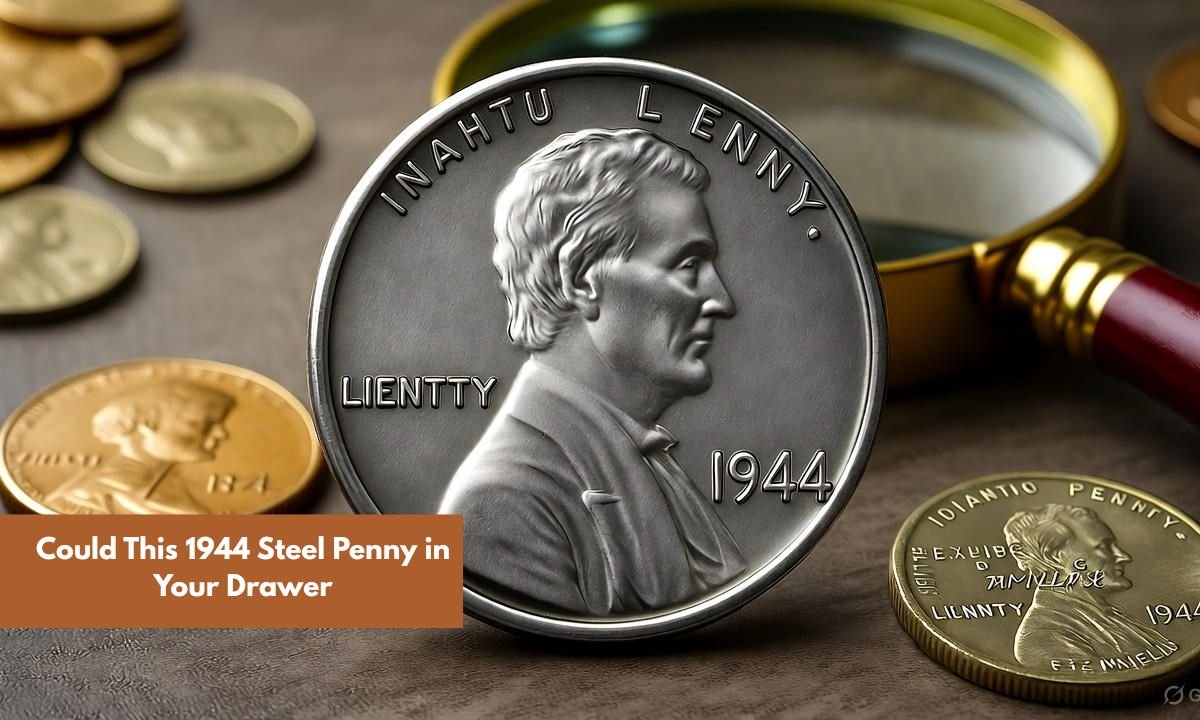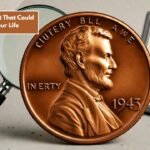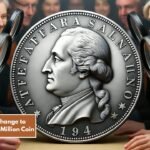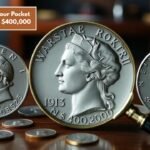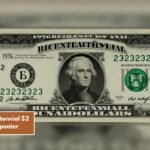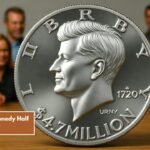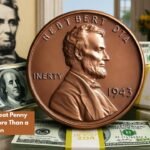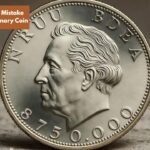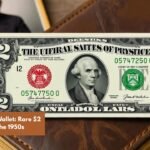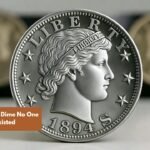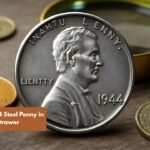Have you ever checked the old coins lying around in your drawer or piggy bank? You might be sitting on a tiny treasure without even knowing it. One of the most famous and valuable coins in American history is the 1944 steel penny—a rare error coin that could be worth up to $2 million today! Sounds unbelievable, right? Let’s dive into the story behind this little piece of metal that has collectors buzzing with excitement.
The Story Behind the 1944 Steel Penny
To understand why this penny is so special, we have to go back to World War II. In 1943, the U.S. Mint made pennies out of steel coated with zinc instead of copper. The reason? Copper was needed for war materials like bullets and wires.
In 1944, the Mint switched back to using copper for pennies. But here’s where the magic happened—a few steel planchets (blanks used for coins) from 1943 accidentally got mixed in and were used in 1944. These mistakes created the 1944 steel pennies, which are now considered some of the rarest coins in U.S. history.
How Rare Are These Coins?
Extremely rare! Experts believe that only a handful of 1944 steel pennies exist today. Most were struck at the Philadelphia, Denver, and San Francisco mints, but not many survived. Because of their rarity, these coins are often mistaken for regular 1943 steel pennies or 1944 copper ones.
Finding one is like winning the coin collector’s lottery. Some have sold for over $1 million, depending on their condition, mint mark, and authenticity.
How to Tell If You Have a Real 1944 Steel Penny
So, how can you tell if that old penny in your drawer might be worth a fortune? Here’s a quick way to check:
- Use a magnet. Steel is magnetic, while copper isn’t. If your 1944 penny sticks to a magnet, it’s worth a closer look.
- Check the date carefully. Make sure the year says 1944, not 1943.
- Look for mint marks. Some coins have small letters like “D” (Denver) or “S” (San Francisco) under the date.
If it passes these tests, don’t get too excited just yet—many fake versions exist. You’ll need to have it professionally graded by experts like the Professional Coin Grading Service (PCGS) or the Numismatic Guaranty Company (NGC) to confirm its authenticity.
Why Collectors Love Error Coins
Collectors are fascinated by coins like the 1944 steel penny because they’re not supposed to exist. Mistakes like this don’t happen often, and when they do, they create a mix of history and mystery. Each one tells a story—of a time when war, industry, and chance came together to create something truly special.
For many collectors, owning a 1944 steel penny isn’t just about money—it’s about holding a piece of American history.
What To Do If You Think You Have One
If you think you’ve found a 1944 steel penny, don’t clean it or try to make it shiny. That could lower its value. Instead, store it safely and take it to a coin expert or appraiser for inspection.
Even if it turns out to be a regular coin, you’ll have learned something new about numismatics—the fun world of coin collecting. But if it’s real… you might just have a life-changing discovery in your hands.
Conclusion
The 1944 steel penny is a true collector’s dream—a simple mistake that turned into a million-dollar miracle. Whether you’re a coin enthusiast or just someone curious about old change, it’s worth checking those pennies. Who knows? That dull-looking coin in your drawer might just make you a millionaire one day.
FAQs
What makes the 1944 steel penny so valuable?
Its extreme rarity and historical significance make it one of the most valuable error coins in the world.
How can I tell if my penny is real steel or copper?
Use a magnet—steel will stick, copper won’t.
Where can I get my coin checked?
Send it to a trusted grading service like PCGS or NGC for professional verification.
Can I sell a rare coin online?
Yes, many collectors buy rare coins on platforms like eBay or through coin dealers, but always verify the buyer’s credibility.
Is the 1944 steel penny the only valuable penny?
No, other rare coins like the 1909-S VDB and 1955 doubled die penny are also highly sought after.
